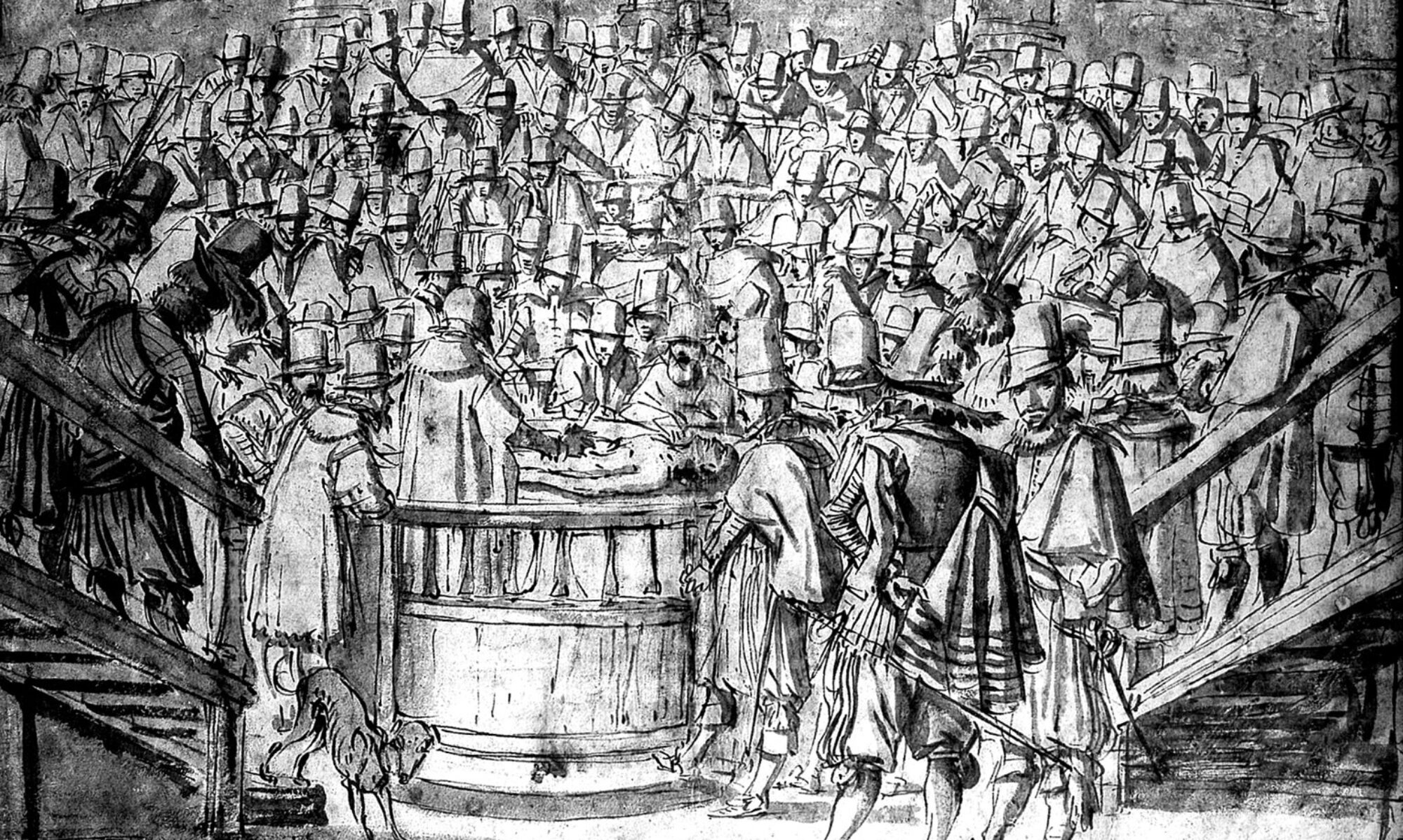
The most famous anatomical textbook of the modern era. Written by Andreas Vesalius from Brussels, educated in Paris and professor in University of Padua. It summarizes the years of entire human research that led to the challenging of medical science in Galen’s day. It became possible thanks to the regular dissections of human corpses by Vesalius. The work of De Humanis Corporis Fabrica contains 273 illustrations. Their author was most likely Titian’s student Jan Stefan von Calcar. The characters presented by him are characterized by dynamics and, above all, diversity. Both the skeletons and flayed ecorché were captured in a pensive or dancing pose. All the drawings are distinguished by an extremely perfect observation of the muscular system, a precise capture of the structure of nerves, vessels and bones. No one before Vesalius has combined medicine and art so closely in one work, therefore the question is often asked who played a greater role in its creation, the doctor or the artist. The work, thanks to the print, was very quickly disseminated in Europe. It was enthusiastically received in many circles, but there were also voices of criticism that did not approve of the progress of science captured in it.

